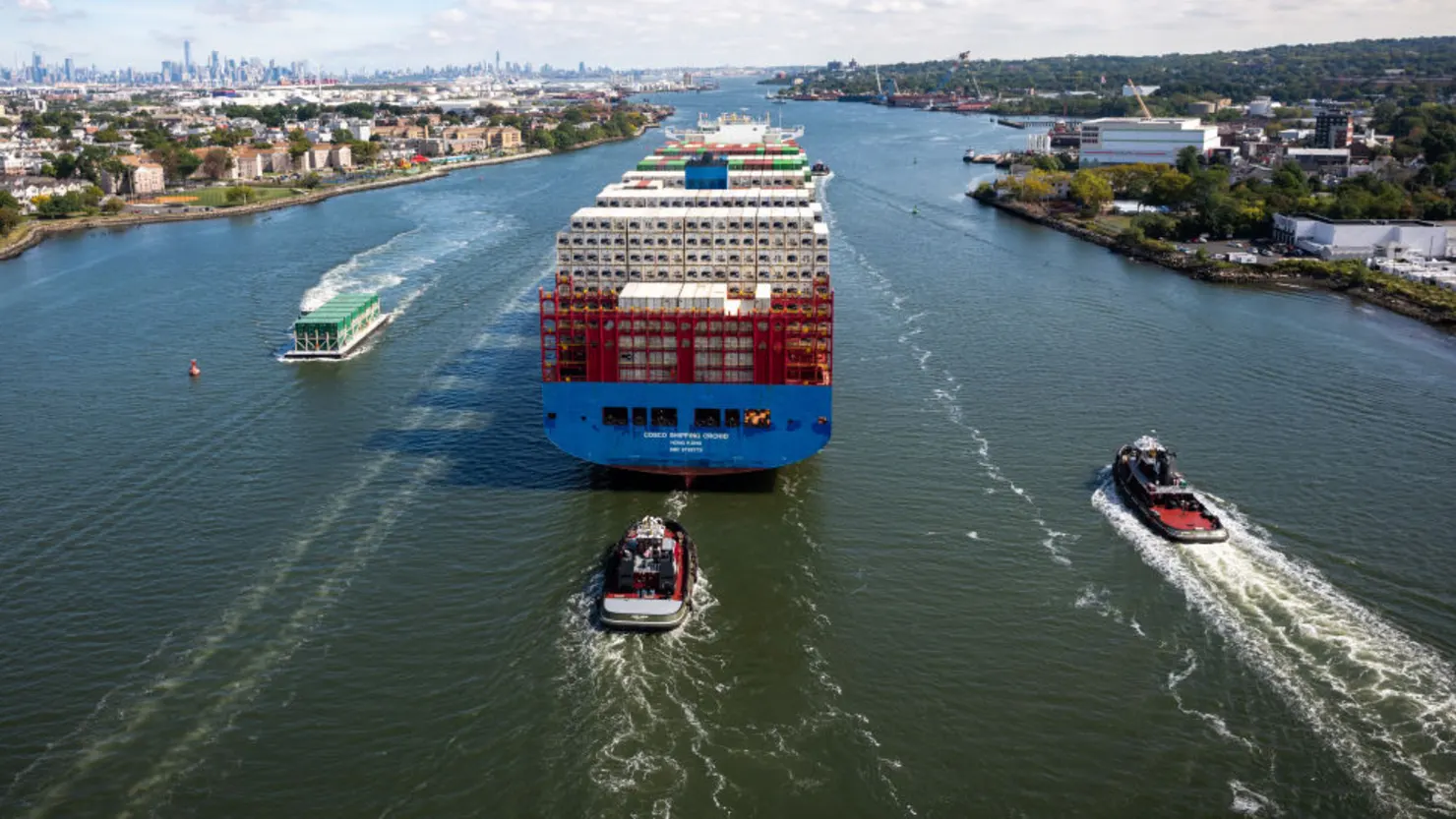A lengthy U.S. port strike, particularly at major ports along the East and Gulf Coasts, could spell major trouble for global supply chains. With ports like New York, New Jersey, and Savannah handling billions of dollars in goods annually, any significant disruption could create a ripple effect felt across industries.
Key causes of the strike
At the heart of the current labor dispute is the negotiation between the International Longshoremen’s Association (ILA) and the United States Maritime Alliance (USMX). This strike primarily stems from unresolved contract negotiations, with the ILA demanding better compensation and the halting of automation technology at ports, such as automated gate systems that reduce the need for human labor. Labor unions view this automation as a threat to jobs and long-term job security, while port operators push for technological advancements to increase efficiency.
If an agreement isn’t reached soon, the strike, which could potentially go into effect as early as October 2024, may significantly disrupt U.S. trade activities.
Impact on global supply chains
A prolonged port strike has far-reaching consequences for global shipping. The most immediate effect is port congestion, where ships accumulate at ports, awaiting clearance to unload or transport cargo. This congestion can create severe delays, increasing transit times for goods moving inland and further straining supply chains.
When ships face delays in docking and unloading, businesses relying on just-in-time inventory or seasonal goods may find themselves in precarious positions. These delays lead to shortages and price fluctuations, especially during critical times such as the holiday season. The effects could extend across various industries, from consumer electronics and automotive parts to clothing and food supplies.
One of the major concerns for shipping companies and businesses is the possibility of demurrage and detention charges. These charges accumulate when containers remain at terminals or are held outside beyond the free time allowed, increasing shipping costs and further straining supply chains.
Economic impact
The port strike would also raise shipping costs and possibly affect freight rates as companies scramble to reroute goods or seek alternative transport solutions. Industries dependent on timely shipping, such as retail and manufacturing, could face production halts or empty shelves if the strike continues for a long period. According to recent estimates, the Port of New York and New Jersey alone ships around $300 billion worth of goods annually, while Savannah accounts for over $150 billion in trade. A halt in operations at these major hubs could trigger shortages across the U.S. and globally.
Mitigation strategies
Businesses impacted by the strike should focus on proactive measures. Some companies may choose to reroute shipments to unaffected ports, although this could increase transit times and costs. Others may pre-emptively stockpile goods to mitigate potential shortages. Improving communication and transparency with supply chain partners can also help organizations adapt in real-time.
In addition, companies must closely monitor labor negotiations to anticipate how long disruptions might last. Flexibility in logistics planning, inventory management, and supplier sourcing will be crucial during a prolonged strike.
Conclusion
A lengthy U.S. port strike has the potential to create widespread logistical bottlenecks, drive up shipping costs, and disrupt global supply chains. Businesses must prepare for delays, shortages, and price fluctuations by adjusting their supply chain strategies and being flexible in response to a highly uncertain situation.






